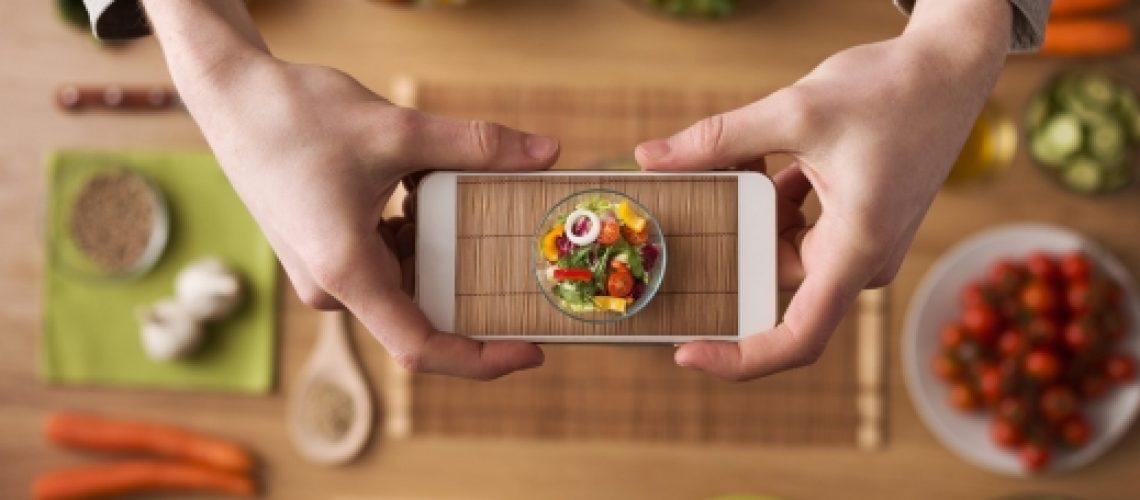Imagine a world where you have all the resources of a state of the art pathology lab in the palm of your hand. Rather than basing food-safety decisions on guidelines, experience or even the fabled sniff test (which has been shown to be woefully inadequate), you could verify in seconds whether or not a sample was contaminated with harmful pathogens.
This is the futuristic world envisioned by researchers at Purdue University, who have developed a smartphone based hardware platform for on the spot analysis of food samples. (The technology is as complex as it is useful, so if you’re not a tech-head, skip down to the next section!)
First the sample is treated with a special fluid containing a genetically modified ‘phage’ – a microorganism which is basically a virus for bacteria.
The phage alters the structure of bacteria so that they glow upon exposure to a specially designed substrate. As the camera in your smartphone is not designed to detect such limited light in such a narrow spectrum, the researchers have developed a special smartphone cradle which uses exotic materials to focus and filter this light, allowing it to be processed on the smartphone.
After just a few seconds of analysis, the software is able to tell you whether the sample contains a given concentration of harmful bacteria.
At present, this process can sometimes take days, and involves costly shipping, testing and analysis. While very large operations might have access to their own laboratories and equipment, smaller food producers and individuals have to deal with these barriers.
Purdue researchers hope that their technology can reduce this wait time, helping to reduce the spread of food borne illnesses, as well as the associated costs of testing for smaller businesses.
As it stands, the technology is not yet able to detect all pathogenic bacteria – only E. Coli, Salmonella and Listeria bacteria.
The Food Standards Authority of Australia guidelines indicate that the presence of some staphylococci, Clostridium, Bacillus and Campylobacter bacteria are also relevant in assessing a sample’s level of hygiene, so this isn’t going to totally replace manual lab testing any time soon. However, these techniques show a great deal of promise, and are growing easier and cheaper by the day.
For the time being, we’re going to have to rely on good old fashioned use by dates, but who knows? It might not be long before we’re able to scan the contents of the household fridge (Maybe you can finally justify getting rid of that awful ancient quince paste that sweet old Aunt Maude gave you!).
